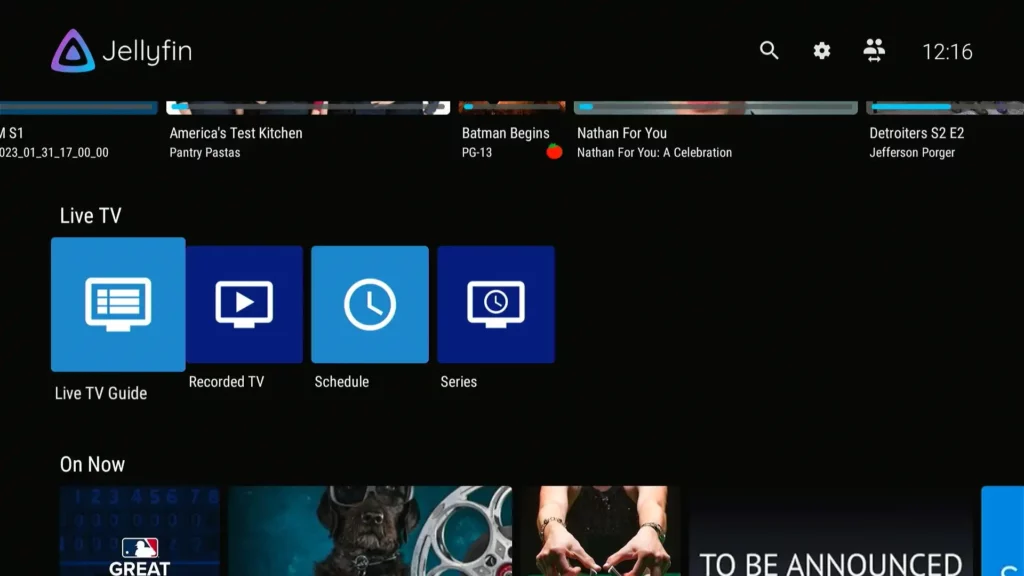Table of Contents
Jellyfin is a popular media server software program that lets you prepare and flow your media collection. Keeping it updated is vital to get the right of entry to the modern-day capabilities and protection upgrades. In this complete guide, we’re going to stroll you through the manner of updating Jellyfin grade by grade. Whether you’re a novice or a skilled user, you’ll locate precious insights right here to ensure your Jellyfin server is usually updated.
Why Updating Jellyfin Matters
Jellyfin is an open-source project, which means that it constantly evolves and improves. Regular updates no longer most effectively carry interesting new functions and enhancements; however, they additionally address safety troubles and insects. Here’s why preserving your Jellyfin server up-to-date is critical:
- Security: Software updates regularly include safety patches that protect your server and facts from potential threats.
- Improved Performance: Updates can beautify the server’s overall performance, resulting in smoother streaming and quicker loading instances.
- New Features: Staying modern-day with updates guarantees you have entry to the state-of-the-art features and enhancements.
- Bug Fixes: Updates often repair acknowledged problems and bugs, offering a more stable and dependable experience.
Step-by using-Step Guide to Updating Jellyfin

Now that we recognize the importance of updating Jellyfin allow’s dive into the step-by way of-step technique to hold your server in pinnacle shape.
Step 1: Back Up Your Data
Before making any modifications, it’s critical to return your media library and server settings. This precaution ensures that your data stays safe in case something is going incorrect in the course of the update process.
Step 2: Check for Updates
Open the Jellyfin dashboard and navigate to the “Settings” menu. From there, pick the “System” tab and click on “Check for Updates.” Jellyfin will routinely search for available updates.
Step 3: Install Updates
If a replacement is available, Jellyfin will prompt you to install it. Click on “Install Update” and comply with the on-display screen instructions. The update procedure may take a few minutes, depending on your server’s overall performance.
Step 4: Verify the Update
After the update is complete, it’s important to verify that everything is working efficiently. Check your media library, make certain your server settings are intact, and check streaming to confirm that the replacement didn’t disrupt your viewing experience.
Step 5: Update Plugins (Optional)
If you use plugins with Jellyfin, it’s an excellent idea to replace them properly. Navigate to the “Plugins” phase inside the Jellyfin dashboard and click on “Check for Updates” for each mounted plugin. Install any available updates to hold compatibility and functionality.
Troubleshooting Common Issues
Sometimes, updates can come up with problems. Here are a few commonplace problems and their answers:
- Failed Update: If the update fails, make sure you’ve got sufficient disk space and try again.
- Plugins Compatibility: Check if your established plugins are like-minded with the brand-new Jellyfin version. Update or turn off incompatible plugins.
- Backup: Before updating, do not forget to create a backup of your Jellyfin configuration and media library.
Frequently Asked Questions (FAQs)
Yes, Jellyfin permits you to schedule automatic updates in the server settings.
Some plugins may additionally require separate updates, so it’s a good practice to check for plugin updates after updating Jellyfin.
Yes, it’s secure to replace Jellyfin on a far-off server; however, ensure you have a backup of your information before proceeding.
If Jellyfin fails to start, check the logs for mistake messages. You should also roll back to a preceding version or seek help from the Jellyfin network.
Yes, you can revert to a preceding version by means of reinstalling the previous launch. However, this has to be executed cautiously, and you must have a backup of your records.
Conclusion
Keeping your Jellyfin server up to date is vital for taking part in state-of-the-art capabilities and maintaining protection. By following the stairs mentioned in this guide, you can make sure that your Jellyfin media server is constantly updated and going for walks smoothly.

